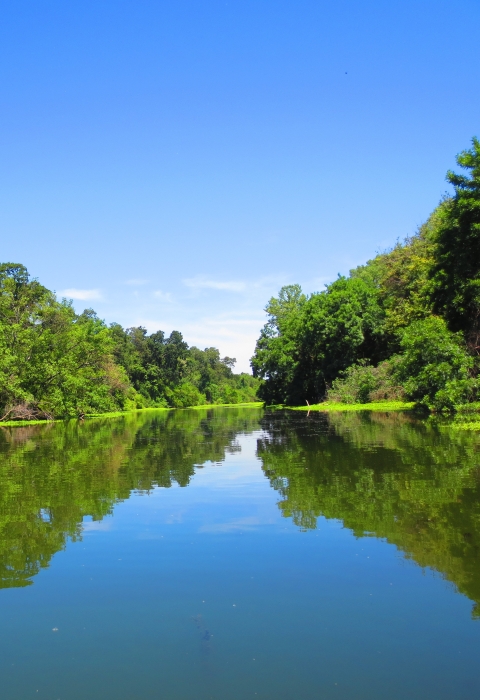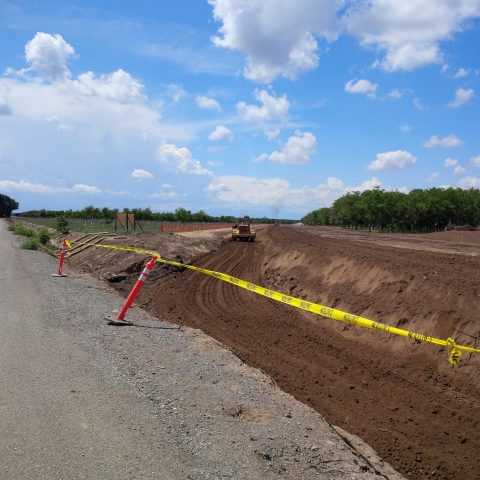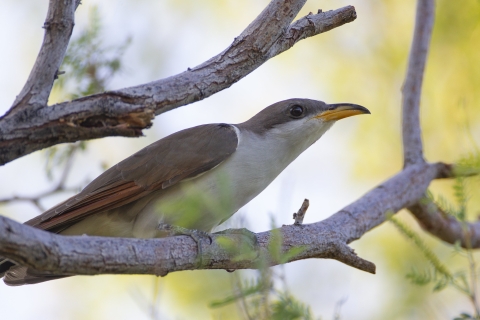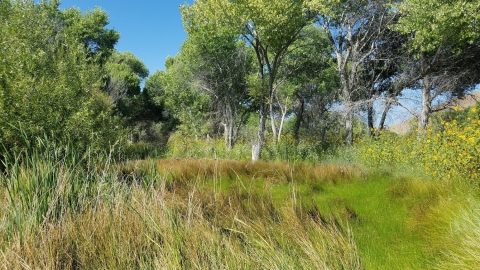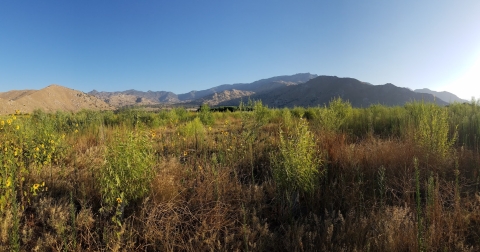Throughout California’s history, rivers have been diverted, rerouted and contained by concrete. While these actions have brought agriculture and communities to arid land and reduced large-scale flooding, it has also eliminated some of the natural benefits provided by untamed rivers. Today, efforts are underway to restore some of the natural riparian riparian
Definition of riparian habitat or riparian areas.
Learn more about riparian areas to the benefit of both humans and wildlife.
“Over the past few decades, the Sacramento Valley has seen a lot of riparian restoration projects. These projects are targeting areas where the agricultural and development value is low due to flood risk, but connectivity between wildlife areas is high,” said Jennifer Hobbs, a senior wildlife biologist at the U.S. Fish and Wildlife Service’s Sacramento office who oversees consultations on federal water projects.
Small, riverside communities are often on the frontlines battling breached levees, and some are choosing to restore floodplains instead of repairing aging levees. For many years, Hamilton City, a small community in northern California, experienced widespread flooding from the Sacramento River breaching the old levee that was built in the early 1900s. In fact, residents were evacuated six times between 1980 and 2000. The city determined the failing levee was too expensive to maintain and turned to nature for a solution.
In partnership with the Army Corps of Engineers, Reclamation District 2140, the California State Department of Water Resources and The Nature Conservancy, more than 1,400 acres of orchards adjacent to the levee were purchased and fallowed. Smaller levees, known as setback levees, were built along the outside perimeter of the land, and native tree saplings were planted where fruit trees used to grow. The main levees along the river were removed, and a floodplain was born. Now, when heavy rains raise the river, the floodplain absorbs the river overflow instead of inundating the town with muddy water.
“This was one of the first projects that combined flood control and ecosystem restoration to secure federal funding to help move the project forward,” said Hobbs.
Today, the land is transforming into a natural riparian floodplain and upland grassland habitat. Close to Sacramento National Wildlife Refuge and Llano Seco Wildlife Area, the floodplain expands the natural area that wildlife can roam.
“This particular piece of land is great for listed species like the western yellow-billed cuckoo. They need large, contiguous patches of land for breeding, so efforts like these are important to help their numbers recover,” said Hobbs.
The floodplain also benefits other wildlife, including valley elderberry longhorn beetle, deer, ringtails and bats, as well as aquatic species, like salmon, which spawn in the shallow gravel edges of the river.
“When you use floodplains to provide protection for agriculture and people’s homes, you also provide wildlife habitat,” explained Hobbs. “And when you have a healthier river, you’re setting up a future that can better weather the effects of climate change climate change
Climate change includes both global warming driven by human-induced emissions of greenhouse gases and the resulting large-scale shifts in weather patterns. Though there have been previous periods of climatic change, since the mid-20th century humans have had an unprecedented impact on Earth's climate system and caused change on a global scale.
Learn more about climate change .”
Some river restoration projects start with wildlife in mind but provide benefits for humans downstream. Along the Kern River, the Southern Sierra Research Station is working with the Audubon Society to enhance 49 acres of riparian habitat historically used by western yellow-billed cuckoo and southwestern willow flycatcher, also a listed species under the Endangered Species Act. The research station is replanting willow and cottonwood trees, along with native plants and shrubs like milkweed, to attract a wide variety of birds, insects, and other wildlife species to the property.
“Most riparian species like a changing landscape consisting of old and new vegetation,” said Amber Aguilera, a senior wildlife biologist at the Service’s Sacramento office who focuses on species recovery. “The variation creates more habitat for insects, which the birds eat and feed to their young.”
The Kern River restoration project also includes removal of non-native plants which can change the hydrology of the riparian area. Non-native plants can consume more water and have root systems that are a detriment for the longevity of the riparian floodplain.
“When you restore riparian habitat, you improve the stability of the waterway. Native vegetation can reduce erosion and sediment input into the river, improving downstream water quality,” said Aguilera.
That’s good news for people who depend on the Kern River for drinking water. While the river water is treated before human consumption, reduced sediment loads going into the treatment plants means better quality water going into homes.
“Having healthy waterways and water sources are incredibly important for humans and wildlife,” said Aguilera. “Thankfully, there are a lot of really dedicated partners making sure riparian restoration happens in the right places to maximize benefits for everyone.”
With weather patterns and water supplies becoming more and more unpredictable in the Golden State, riparian and floodplain restoration can help many communities looking to improve water quality and protect residents and businesses from flooding. And the wildlife will be happy, too.
